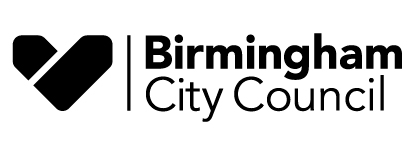A key part of the council’s Digital Strategy is focused around investing in council staff to build the skills that are essential to deliver people focused services.
To help achieve this aim, this summer the Customer Service Programme ran a series of workshops covering some of the fundamentals of user research and content design with colleagues across the council who were new to the world of human centred design.
User research: a team sport
We set out to develop a one day session for colleagues that gave a good grounding about the world of user research, tailored to the specific challenges of working within local government.
In our time together, we covered:
- the core stages of user research from planning and conducting research, to analysing and then showcasing our findings
- how to create a good user research plan and research objectives
- tips on how to recruit research participants
- how to get a representative, inclusive sample
- research ethics including how to ask for informed consent and look after participant data
- different key research methodologies including a collaborative technique to create a discussion guide for user research interviews as a project team.
We initially planned to run our workshop in person but at short notice we had to move our session online. This meant we had to quickly change how we delivered some of the exercises we planned to do in person to ensure the session was as interactive as possible.
We were also keen for attendees to shape the session from the outset, asking everyone what they wanted to get from the day up front, and tailoring our core content accordingly.
By the end of the session, we got some great feedback from attendees and suggestions on things to change next time. These included spending more time going over the different research methodologies and how to pick the right methodology at the right time. We are hoping to run a similar session for a wider group of staff in the coming months.
Content design: a user needs led activity
We developed an interactive one day session that aimed to teach people the basics of content design skills to apply in their jobs.
We covered:
- what content design is
- the importance of good spelling, grammar and punctuation
- what user needs are and how to write user stories
- how to design and write good content
- how to make content more accessible
We held the session in person at Woodcock street, with a few colleagues joining online.
Our group tasks (with whiteboards!) meant we had a lot of really valuable questions and discussions. By the end of the day, participants had used their new skills to create content for an imagined holiday website.
A few of the main points that people took away from the session
Writing for users
- All content has to be written with a user and user need in mind.
- Users come to a website to complete a task – our job is to make sure they can do that task easily.
- Users do not read a web page like they do a book – they scan it, picking out headings that are relevant to them.
Writing for the web
Web content is easier to read if you:
- include clear headings and subheadings
- use bullet points instead of in-text lists
- break up long paragraphs
- write short, clear sentences
- use words and terms your users understand
Structuring content
Your content will be more useful if you:
- order content based on how much users need it
- present the most important information first as people get bored quickly! (“frontloading”)
- use the “inverted pyramid”
Writing for accessibility
To make content more accessible:
- put descriptive alt text on images
- make sure that links are meaningful and long enough to be clicked easily
- put transcripts on videos
- use colours with a good contrast between text and background
- avoid using bold, italic and underline in body text
- have an override for timeout features
- consider producing content in another format, for example, an Easy Read
- use html pages not pdfs wherever possible
Writing for readability
- There is no “dumbing down” in content design.
- Even expert users prefer clear language as it’s much easier to read.
- Using plain English is better for users with learning disabilities or those whose first language isn’t English.
